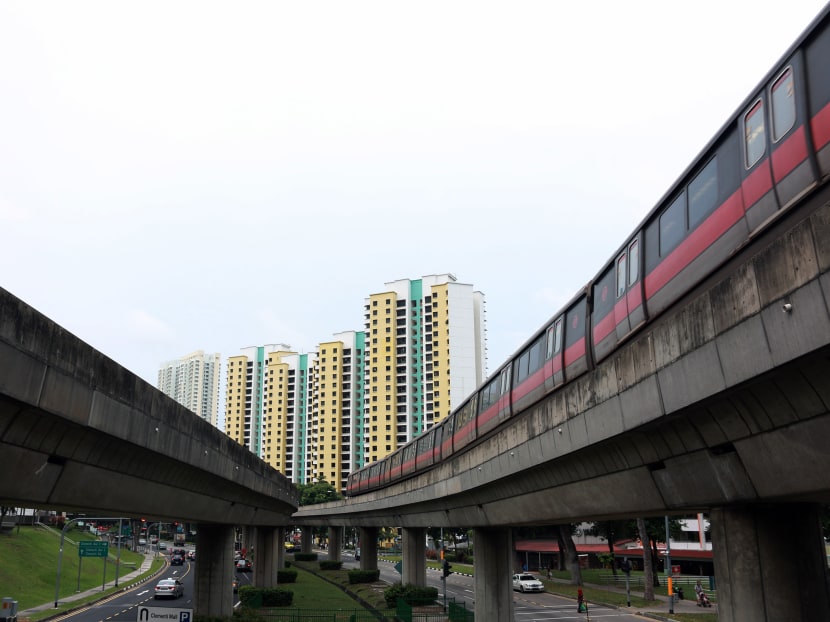Income gap down, but transport still a concern
SINGAPORE — Public transport and healthcare capacity have been flagged as areas of concern in a biennial report that takes stock of how the Republic has fared in key areas of national interest. On the positive side, income inequality has been narrowing and the real wages of low- and middle-income Singaporeans have steadily increased over the past five years, both at the individual and household levels.
SINGAPORE — Public transport and healthcare capacity have been flagged as areas of concern in a biennial report that takes stock of how the Republic has fared in key areas of national interest. On the positive side, income inequality has been narrowing and the real wages of low- and middle-income Singaporeans have steadily increased over the past five years, both at the individual and household levels.
The third edition of the Singapore Public Sector Outcomes Review (SPOR) was released yesterday by the Ministry of Finance.
This is the second consecutive review in which public transport has been cited as a challenge. Singaporeans’ satisfaction with public transport — based on the Land Transport Authority’s (LTA) customer satisfaction survey — has fallen every year since 2009.
Last year, 88.5 per cent of commuters surveyed were satisfied, the lowest proportion in five years. SPOR showed the dip was primarily due to concerns about reliability and overcrowding of train services.
LTA chief executive Chew Hock Yong said the authorities understand commuters’ frustrations and are working hard to bring about significant improvements to the train system as quickly as they can. “We are working with the operators to increase capacity, improve train reliability and achieve higher service standards, such as running trains more frequently,” he said.
On healthcare capacity, Mr Ong Yunn Shing, Director of Ministry of Health’s Ageing Planning Office, said the Government is stepping up efforts to prepare for Singapore’s ageing population. This includes enhancing aged care services, building more general and community hospitals, ramping up long-term care sector capacity and enhancing intermediate and long-term care subsidies, he said.
Last year, lower-income Singaporean workers at the 20th percentile earned S$1,800 per month, up 6 per cent since 2009, after taking inflation into account. Median monthly income was S$3,480, an increase of 9 per cent over the same period.
Singaporean households, at the 20th percentile and median levels, earned S$1,011 and S$2,114 respectively per household member last year. This is an increase of 14 per cent in real terms since 2009 for both groups.
The Gini coefficient for last year was 0.463 — a nine-year low — compared with 0.478 in 2012.
“The Government’s efforts in economic restructuring and lifelong learning have contributed to income growth for lower- and middle-income Singaporeans,” the review said.
“In addition, we are providing further support for those at the lower end of the income ladder through government transfers. Together with Singapore’s progressive fiscal system, we have been able to lower income inequality.”
The Government is reviewing the Central Provident Fund (CPF) system. SPOR said the system will be strengthened in three areas: Enhancing CPF LIFE to help retiree households cope better with the cost of living, providing greater support in retirement for lower-income groups and helping Housing and Development Board flat owners get a stream of money in their retirement based on the value of their units.








